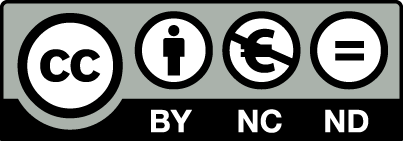THE FRACTIONAL-ORDER GOODWIN ACCELERATOR MODEL
TOMÁŠ ŠEVČEK
https://doi.org/10.53465/EDAMBA.2021.9788022549301.476-486
Abstract: The accelerator model proposed by Goodwin in 1951 is one of the pioneering nonlinear mathematical models of the business cycle. It has been studied in three different mathematical formulations, namely as a first-order delay differential equation, as a second-order ordinary differential equation and as a dynamical system of two first-order ordinary differential equations. All these formulations exhibit chaotic behavior. In this article, we analyze a fractional-order dynamical system of a specific form of the generalized dynamical system originating from the Goodwin accelerator model. We examine the steady-state stability of the commensurate as well as the incommensurate nonperturbed system. Subsequently, a numerical analysis of both the perturbed and the nonperturbed fractional-order system is conducted. Our main finding is that the incorporation of memory (or expectations) in the model can lead to local asymptotic stability of its equilibria and to less chaotic behavior. This can prove beneficial in modeling economic phenomena which are heavily dependent upon their past states.
Keywords: Fractional-Order Dynamical Systems, accelerator-multiplier models, economic modeling
JEL classification: C61, C62, E32
Fulltext: PDF
Online publication date: 12 May 2022
To cite this article (APA style):
Ševček, T. (2022). The Fractional-Order Goodwin Accelerator Model. Proceedings from the EDAMBA 2021 conference, 476 – 486. https://doi.org/10.53465/EDAMBA.2021.9788022549301.476-486
License:

This work is licensed under a Creative Commons Attribution-NonCommercial-NoDerivatives 4.0 International License.